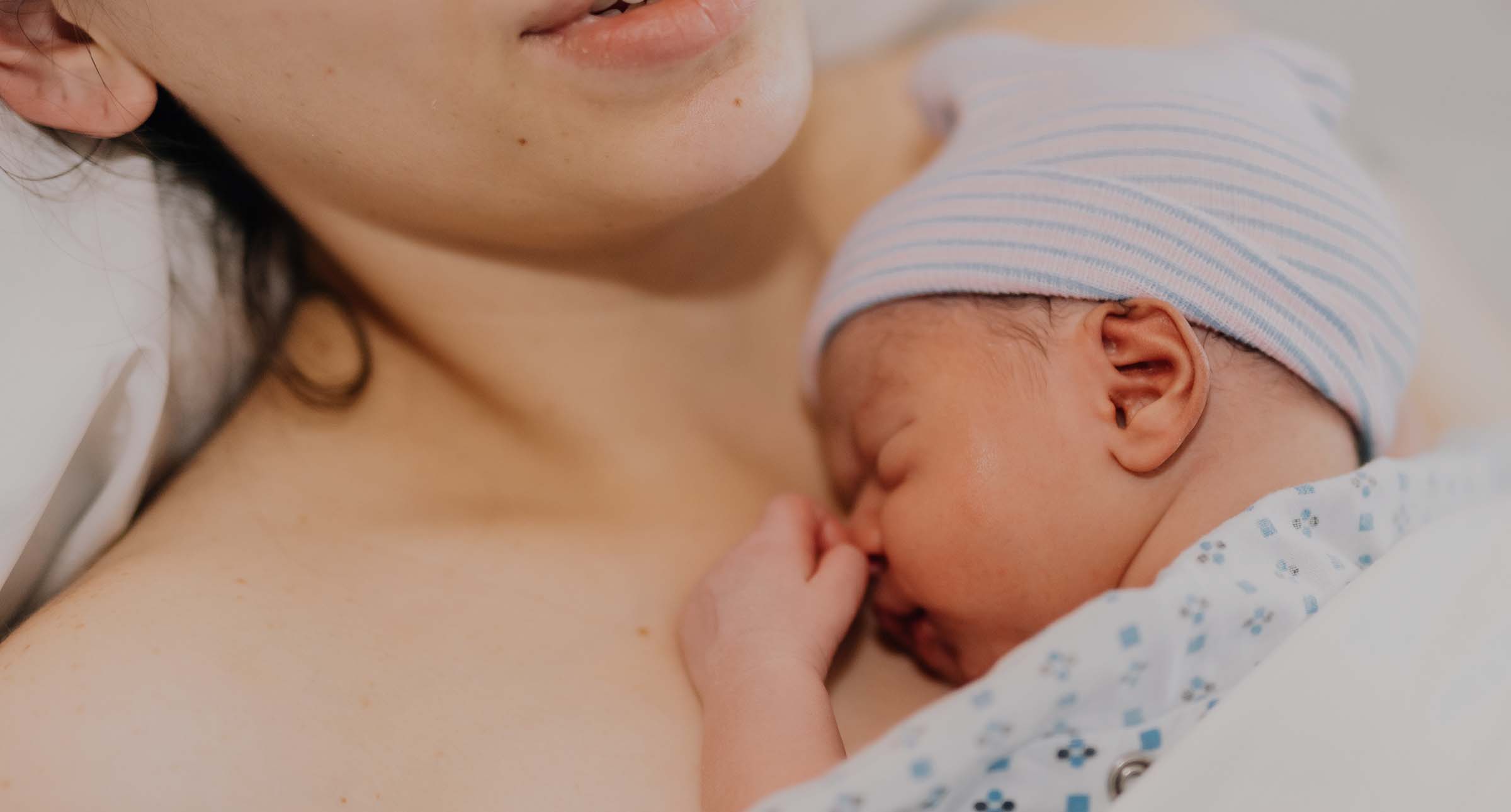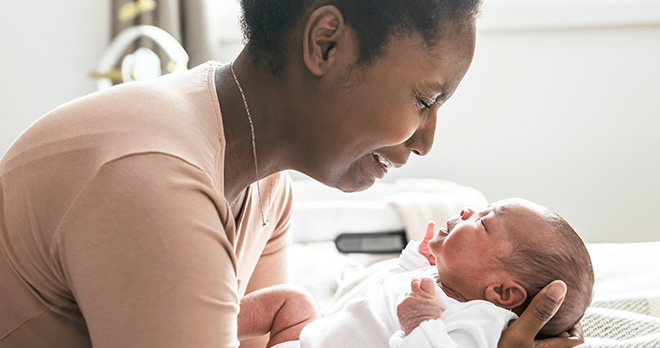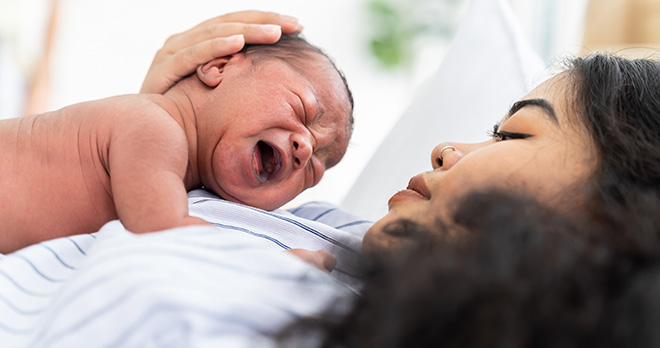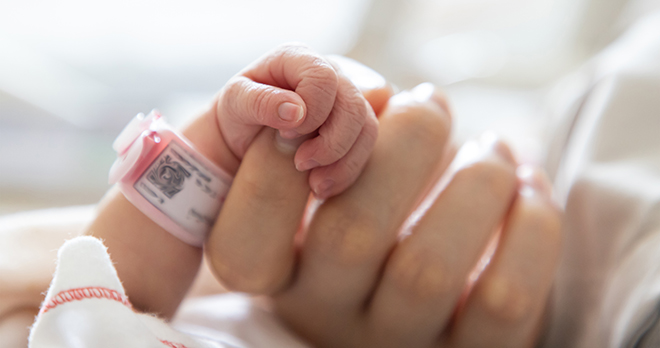What you need to know about maternal sepsis – guidelines, improvements to treatment and impact

A paper published in 2019 (2) notes that sepsis continues to be a leading, and indeed increasing, cause of illness and death in women. It is thought that during and after pregnancy women are more susceptible to rapid deterioration from infection and that the normal physiological changes women experience at this time can be similar to some of the signs of sepsis, causing a delay in diagnosis and treatment.
MBRRACE-UK (Mothers and Babies Reducing Risk through Audits and Confidential Enquiries across the UK), run by the National Perinatal Epidemiology Unit in Oxford, has been appointed by the Healthcare Quality Improvement Partnership to run the national Maternal, Newborn and Infant Clinical Outcome Review Programme. It is responsible for collating information about:
- all mothers in the UK who die during pregnancy or in the 12 months after giving birth;
- some mothers who experience a serious illnesses in pregnancy or soon after giving birth;
- all mothers in the UK of babies who are stillborn or whose baby dies in the first few weeks after being born and some who have specific serious illnesses;
- all births and stillbirths across the UK.
The purpose is to examine what happens when things go wrong for mothers and babies in pregnancy, during delivery and in the first few weeks after delivery. MBRRACE-UK states:
“Our aim is to identify what went wrong in these situations and why, so that we can make national recommendations about how care across the UK can be improved for all mothers and babies in the future.”
This would include any deaths for a mother or baby related to sepsis.
As a result of the MBRRACE-UK work and report of 2017 the RCOG created specific guidelines on the management of sepsis in pregnancy. The guidelines only focus on bacterial infection (most commonly arising in the genital tract) and do not relate to viral or fungal infections, which are managed in a very different way.
What are the Royal College of Obstetricians and Gynaecologists’ (RCOG) guidelines on the diagnosis and management of sepsis?
When sepsis is suspected in a woman the medical staff should:
- commence broad spectrum antibiotic therapy
- take blood tests and cultures in the meantime to assess if there is an infection and what the likely cause of the infection is
- consider measuring serum lactate levels
- undertake diagnosis scans to try to ascertain the source of infection
- if the sepsis is more severe, adopt the resuscitation bundle and check for hypoxia.
Can sepsis affect a pregnant woman’s unborn child?
Yes, maternal infection in a pregnant woman can pose a serious risk to her unborn child.
Obstetricians may need to consider the early delivery of a baby to prevent it from suffering harm; particular precautions need to be taken if the baby will be delivered prematurely. A baby should be very carefully monitored prior to delivery to ensure well being. Most babies require delivery by caesarean section under a general anaesthetic.
Obstetricians will be concerned that maternal infection will spread directly to the fetus. The risk of brain damage such as neonatal encephalopathy and cerebral palsy is increased where there is maternal infection.
Once delivered, the newborn baby may require treatment for infection or prophylactic antibiotic therapy. Neonatologists are likely to be involved requiring an admission to the Special Care Baby Unit (SCBU) or Neonatal Intensive Care Unit (NICU). Particular caution should be paid to women carrying Group B Streptococcal (GBS) or Group A Streptococcal (GAS) infections.
Can sepsis affect the newborn child?
Yes, there is a risk that the mother will pass on her infection to her newborn child, particularly if she is breast feeding. Mothers who test positive for GBS or GAS infection should be carefully advised on hygiene and monitoring their babies for signs of infection.
How are things improving in maternal healthcare?
The knowledge and management of infections is always improving.
The Health Protection Agency has produced detailed guidelines for the investigation, control and prevention of Group A Strep in healthcare settings. In addition, the charity Group B Strep Support (GBS Support) has worked tirelessly to raise awareness of GBS infections in expectant mothers. Their work involves the promotion of increased testing in late pregnancy and appropriate management of mothers carrying GBS during their labour with a view to preventing infection of babies. See our pages on GBS Infection for further detail on this.
At RWK Goodman, we assist families as they navigate the legal process of seeking compensation when sepsis to mother or baby may have been avoided or less severe with adequate care. This is normally when the signs of sepsis have been missed leading to a delay in diagnosing and treating the infection.
Women should be given clear advice and information about the signs and symptoms of infection and told to seek assistance early on if they are worried about either themselves or their baby. They should also be counselled on the importance of good hygiene.
Risk factors and symptoms of sepsis
The following information is a summary only and is not a comprehensive analysis of all cases of maternal or neonatal sepsis.
What are the common causes of maternal sepsis and post partum sepsis?
- Bacterial genital infections in the perineum or vagina such as colonisation with Group A or B Streptococcus
- Infections in the womb (chorioamnionitis)
- General maternal infections such as Listeria
- Infections which relate to perineal tears and caesarean section scars
- Now potentially COVID-19 infection
What are common risk factors for sepsis in pregnancy?
- Obesity
- Gestational diabetes/ Type 1 diabetes
- Anaemia
- Existing infection
- GBS colonisation
- Previous amniocentesis
- Cervical cerclage
- Prolonged rupture of the membranes
- Black, Asian and minority ethnic groups are also more at risk of sepsis in pregnancy.
What are the common risk factors for sepsis in women who have given birth?
- Mastitis leading to abscesses
- Urinary tract infections
- Pneumonia
- Skin and soft tissue infections, e.g. intravenous cannula sites, caesarean or episiotomy wounds and repaired perineal tear sites.
- Gastroenteritis
- Pharyngitis
- Spinal abscesses related to regional analgesia
What are the common signs of sepsis in pregnant women?
- A high temperature or a low temperature
- A rapid heart rate or a low heart rate
- Poor oxygen circulation (hypoxia)
- Low blood pressure
- Low frequency of urination (oliguria)
- Diarrhoea or vomiting
- Abdominal or pelvic pain/tenderness
- Offensive vaginal discharge
- A productive cough
- A rash
- Loss of consciousness
- Failure to respond to treatment
Very careful monitoring of a mother’s condition should be done on a MEOWS (Modified Early Obstetric Warning Score) chart whilst in hospital. This will involve checking her temperature, pulse, blood pressure and respiratory rate on a regular basis.
- MBRRACE-UK: Saving Lives, Improving Mothers' Care: Lessons learned to inform maternity care from the UK and Ireland Confidential Enquiries into Maternal Deaths and Morbidity 2015–17
- Orene Greer et al TOG The Obstetrician & Gynaecologist 12623 12 November 2019
If you or someone close to you has suffered an injury as a result of negligent treatment of maternal sepsis, we may be able to help you claim compensation. Contact our enquiries team to see if we can assist you.
Call now
Related information on maternal sepsis negligence
More insights into maternal sepsis
View more articles related to Maternal injury and Sepsis negligence











